|
Video by Joanna MaGrath will cover via audio Scott Wilson's
blog post, break it down and add information of education. Did you know i-Cide means i-Kill? ?!? Time to END the Killing ?!?
Hydrilla has continually become immune to chemicals by Scott Wilson
Thru 40 years of chemical spraying to attempt irradication of Hydrilla , Hydrilla has continually become immune to chemicals used requiring a huge step up in active doses of "Sonar" used until the early 2000's. It became immune to even higher doses so IFAS, FWC,FAMPS switched to "Endothol". Now stronger doses of this chemical used in conjunction with "Diquat" are not doing the trick. So the State now has approved this chemical "ProcellaCOR" to treat hydrilla. Look at testing about ten pages in, this garbage although they say: water is drinkable day of treatment, this stuff TOTALY EVAPORATES hydrilla in 24 hours, but safe for the environment?? I think every FWC director, IFAS scientists, DEP supervisor,and every FAPMS board member should be made to enjoy a tall cool glass of water at recommended dilutions to be sprayed across Florida RANT OVER
Sonar (Google Search)
Endothol (FWC: Endothall acid) (Endothall)
ProcellaCOR
Notes:
What does the University of Florida IFAS Extension say about "Pesticides".............
What Herbicides are approved to apply in Florida's water?
This is a Yearly Report by FWC. The information below I pulled from this report.............
Slideshare Presentation (click the arrow to see each frame)
Federal Register... The Importance of "Checking it".
(This is a Slideshare Presentation of Florpyrauxifen-Benyl)
Which EPA Agency Regulates Pesticides for Florida . . .
(The Importance of Researching the EPA Regarding
Pesticide Registration, Label, Research, and Data)
0 Comments
Researching Glyphosate Spraying with Scott Wilson
Scott wilson teaser
Back in July of 2018, Scott Wilson met with Jim Abernethy and Vik Chhabra to reveal what Florida Fish and Wildlife had been using to control weeds throughout Florida. Millions of gallons of herbicides such as Glyphosate have been used for decades. MyFWC has now paused the spraying starting 1/28 due to concerns from the public. They want to hear from you. Knowing what we know now, is there a better way to control invasive plants? |
Scott Wilson
blog
|
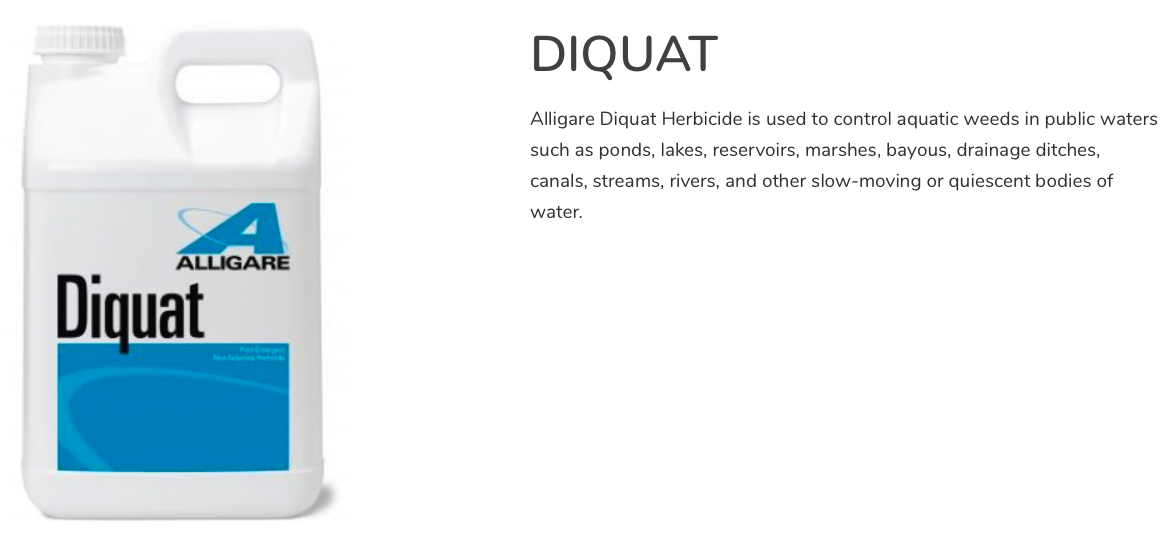




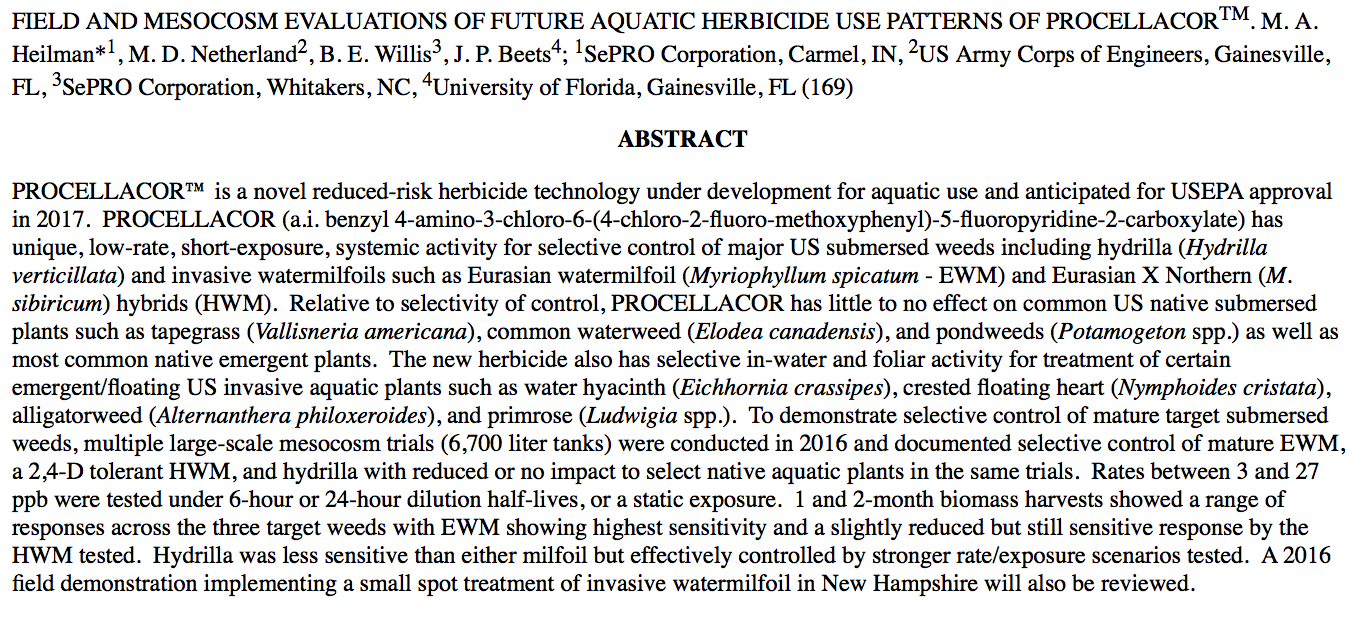
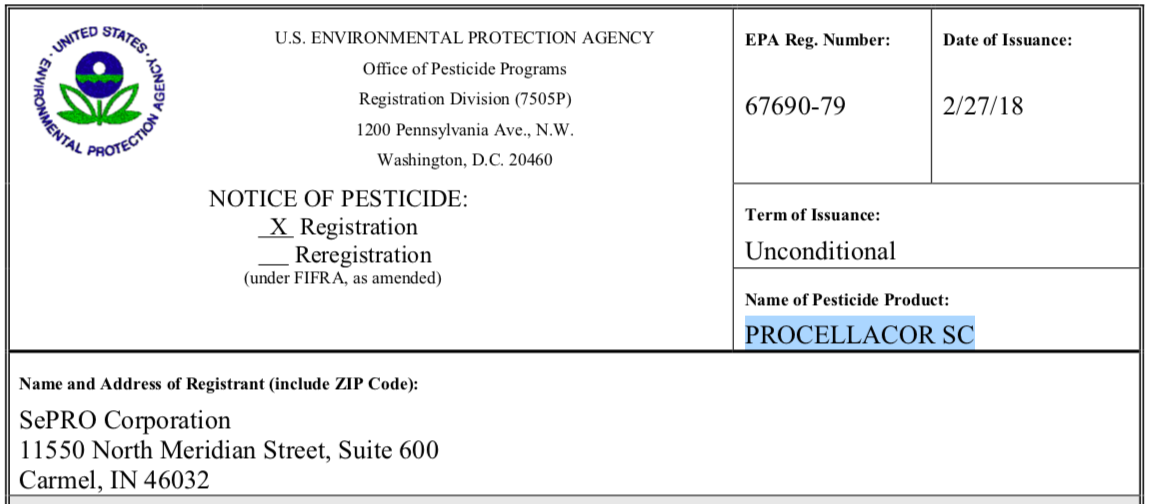
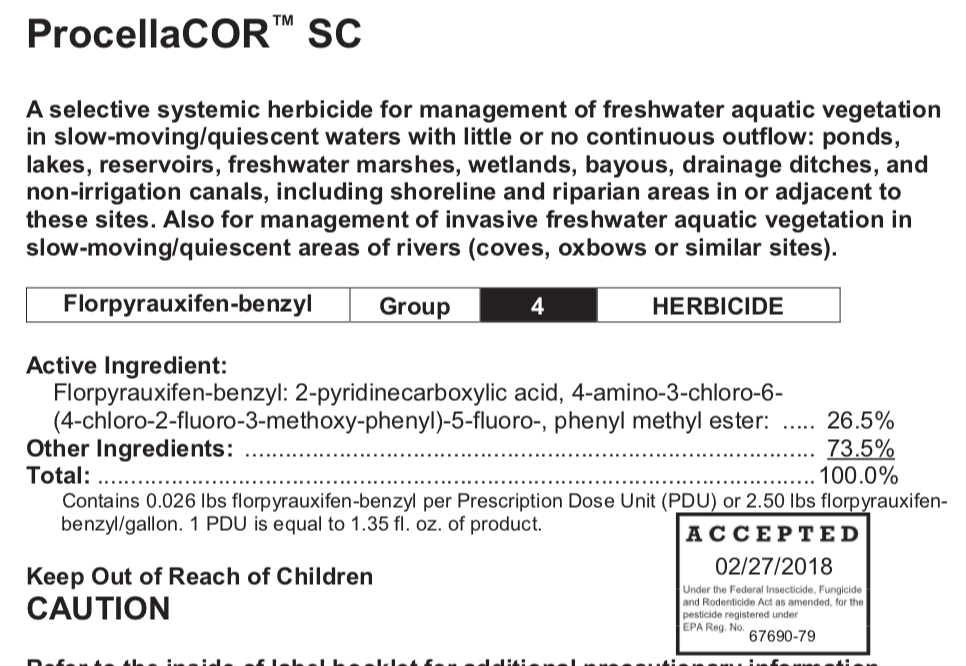
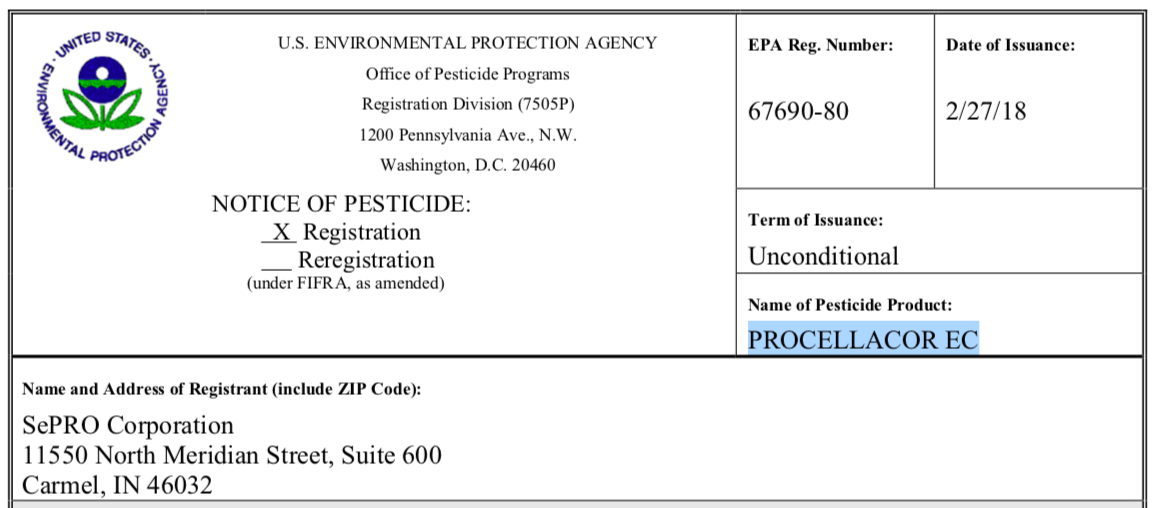
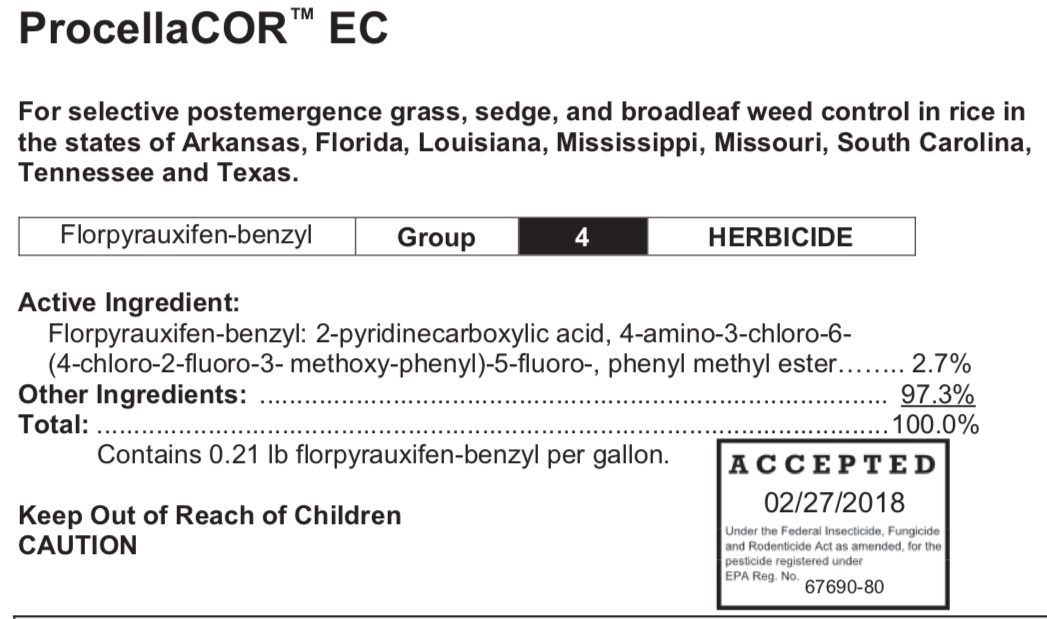









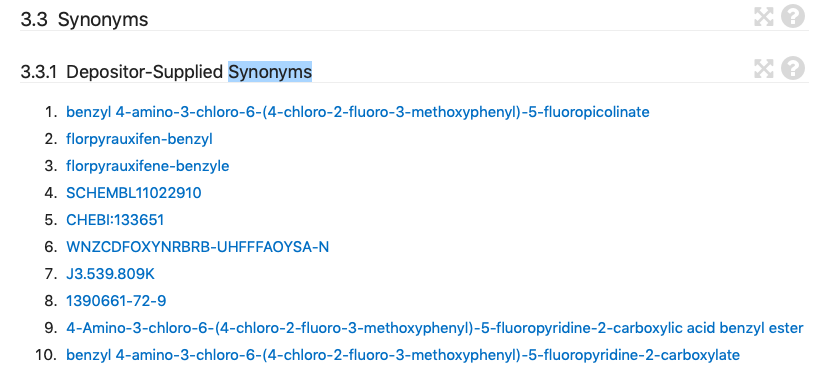

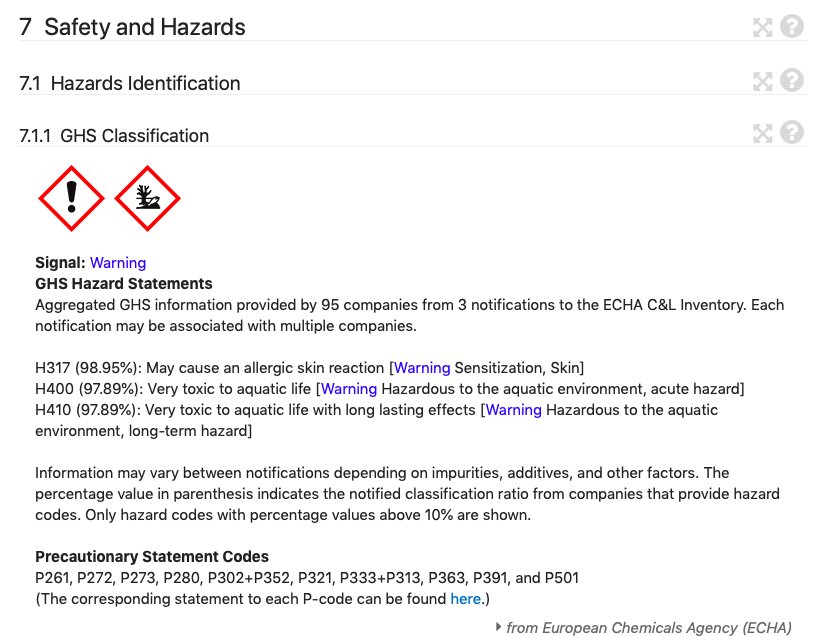



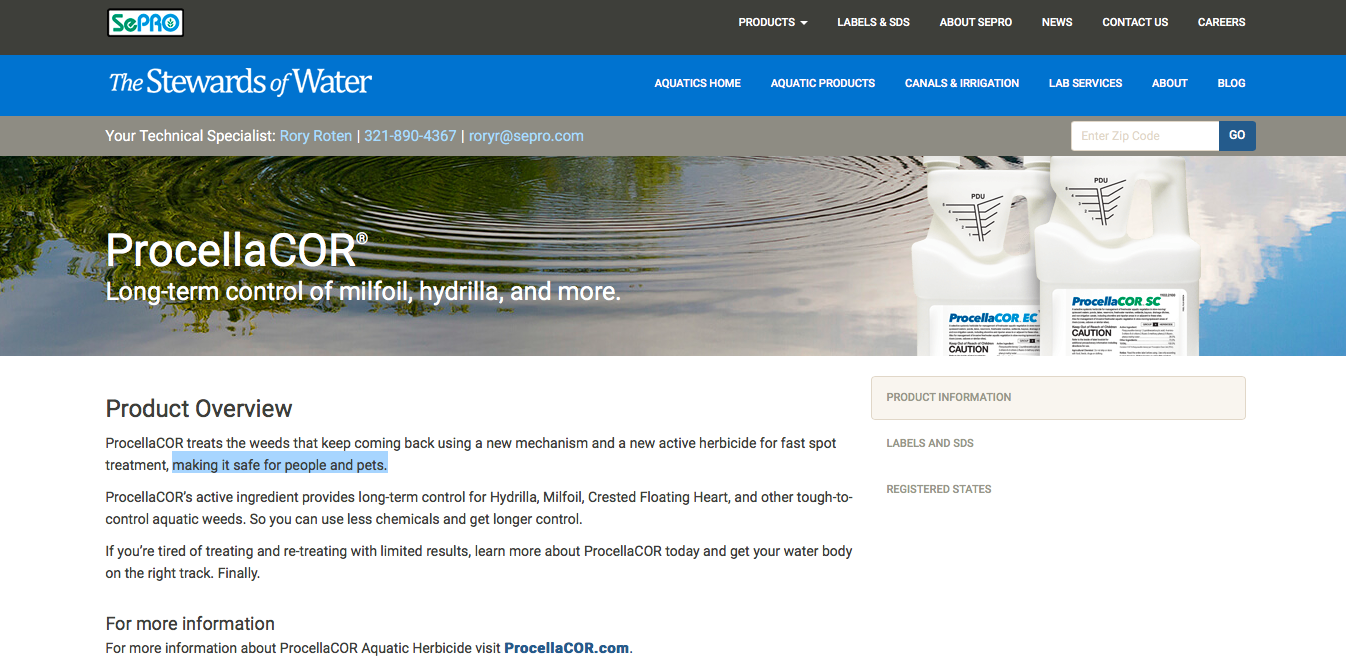
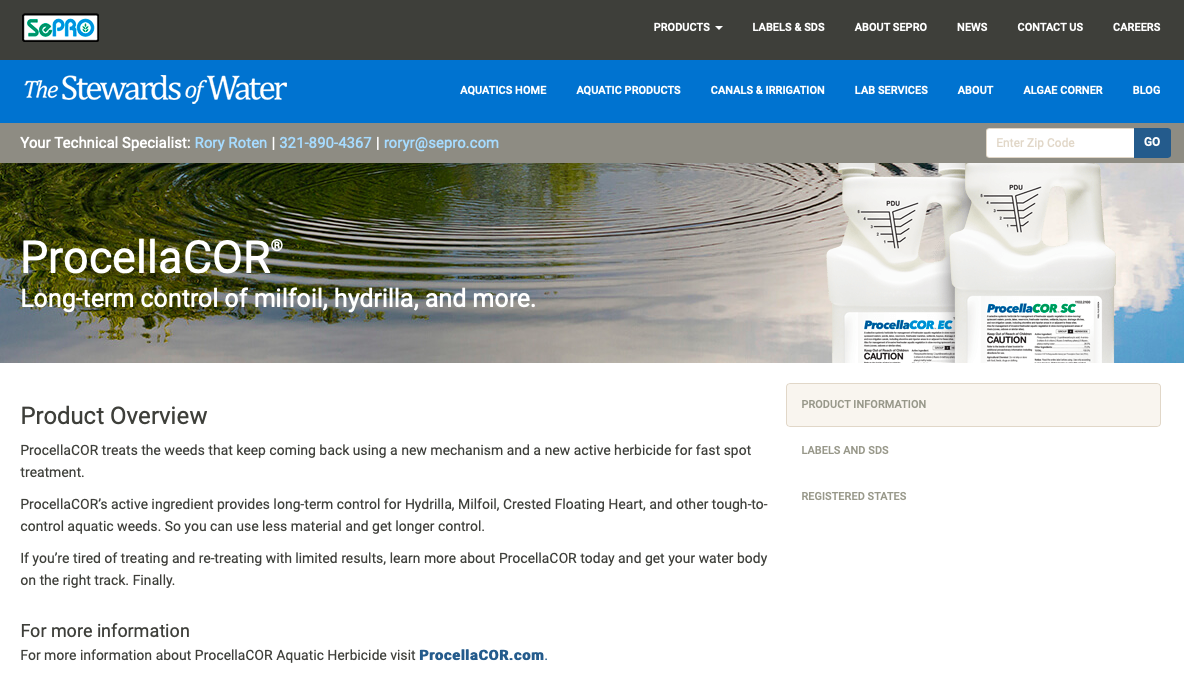
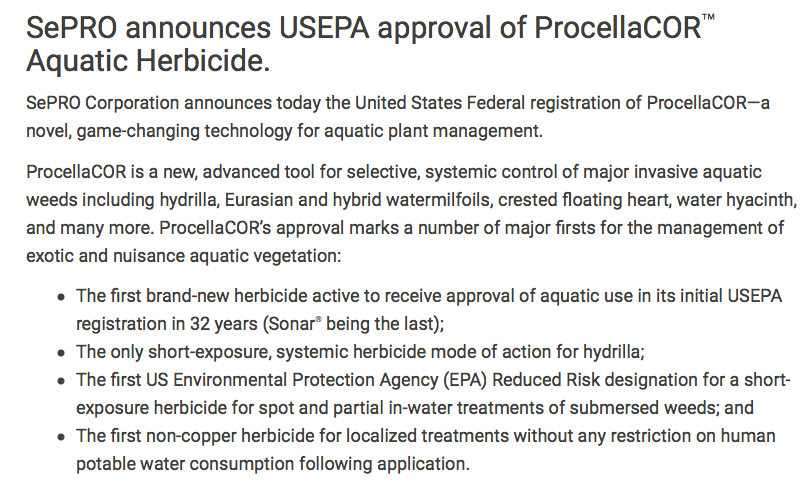
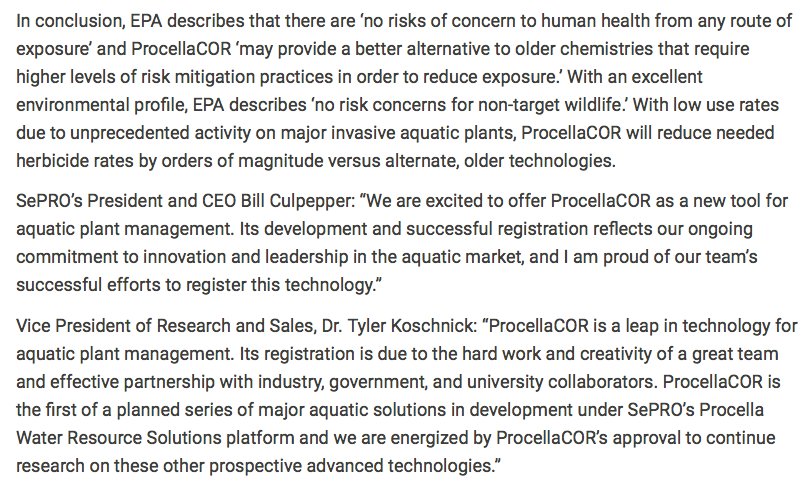

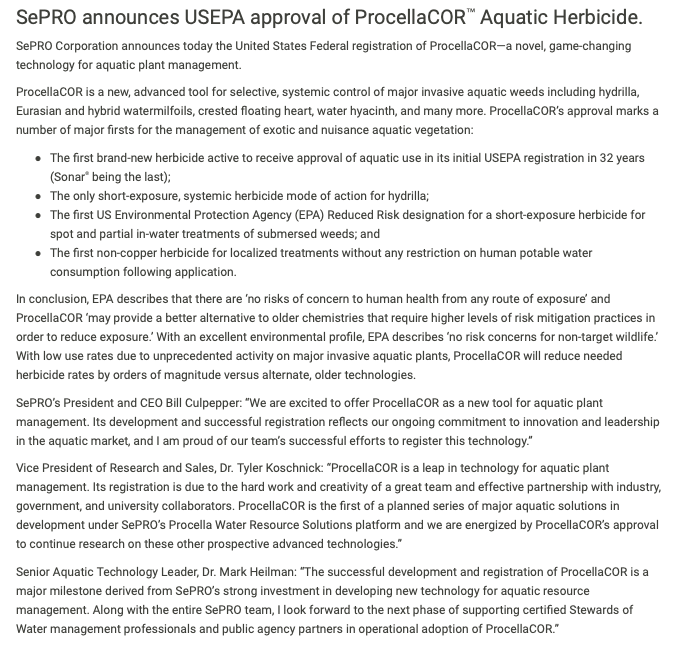
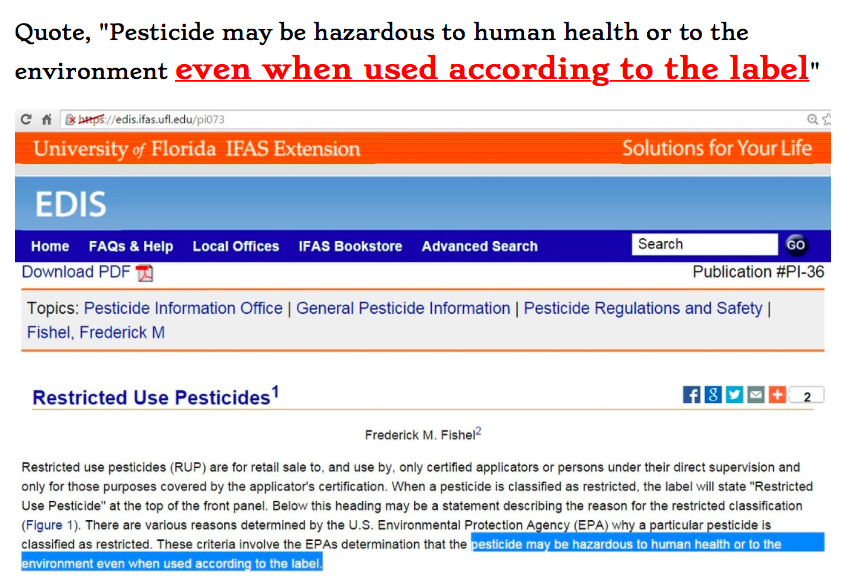

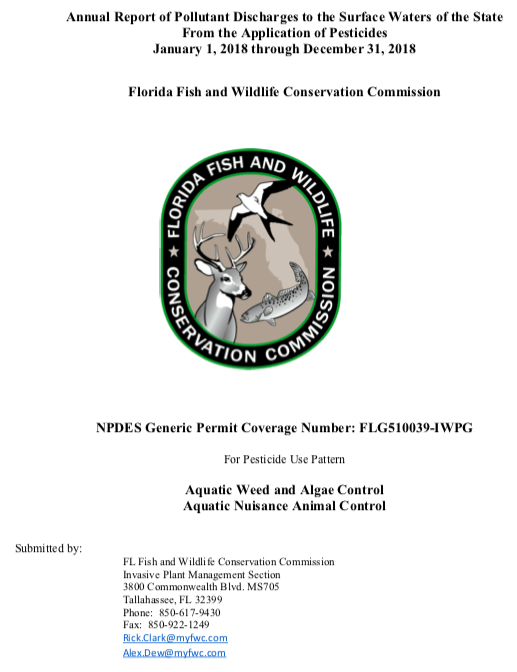
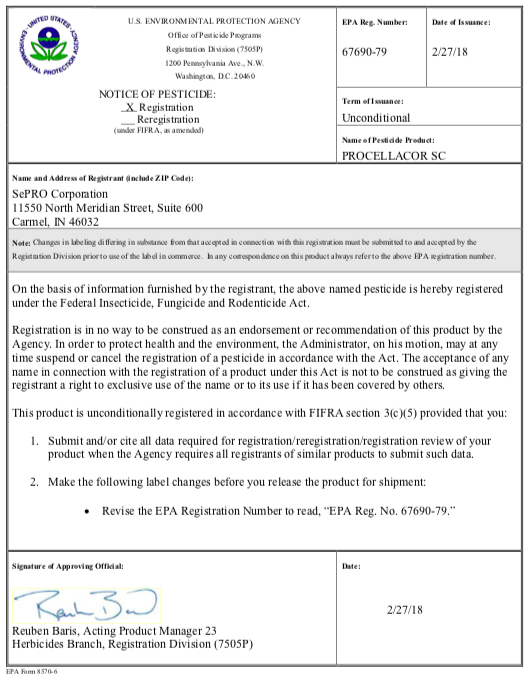









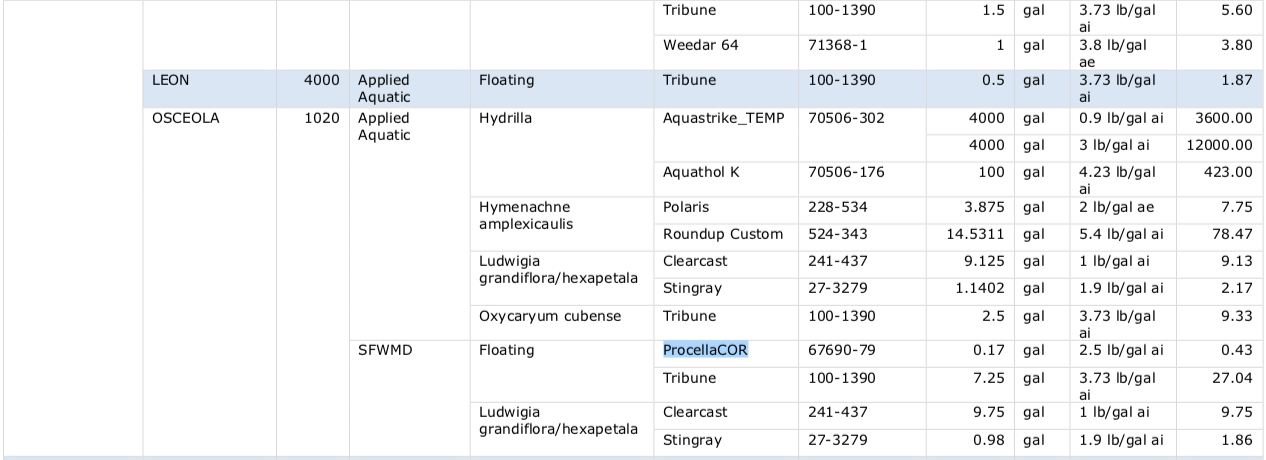

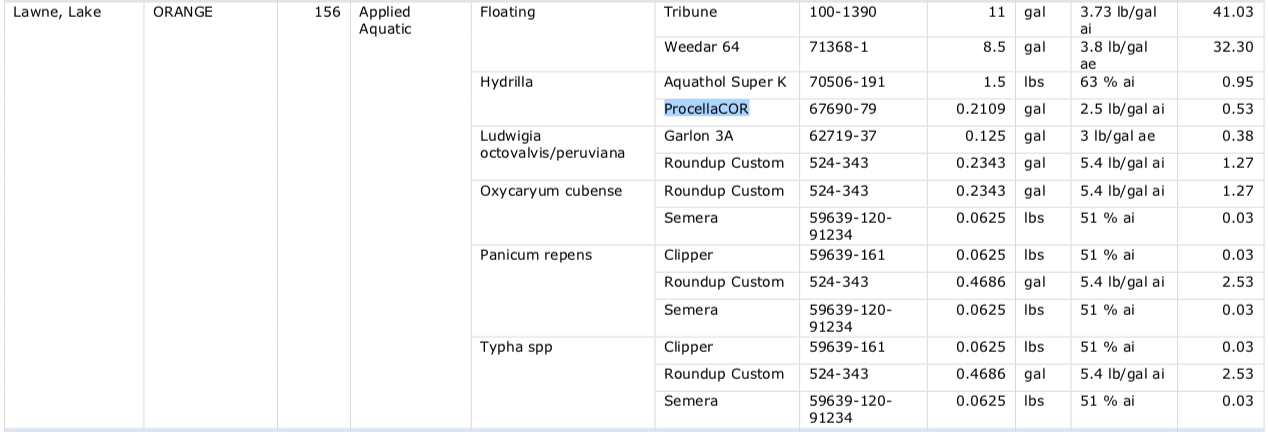

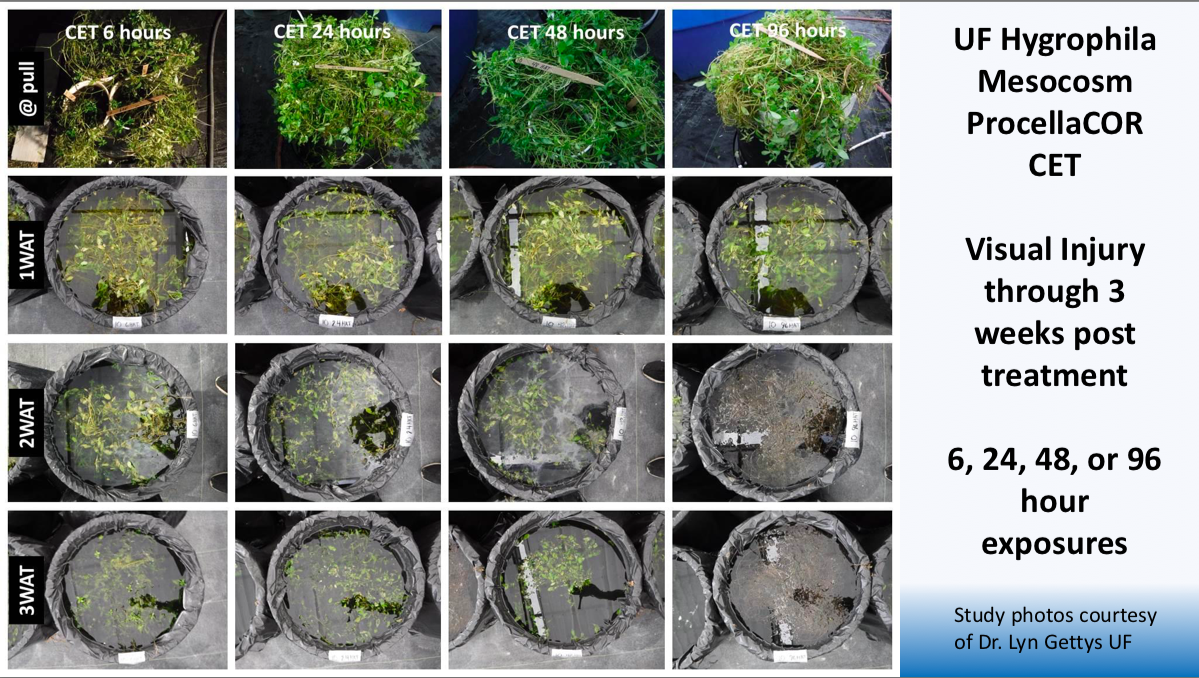
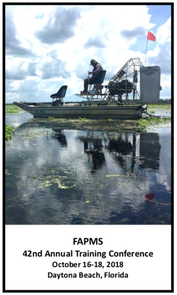
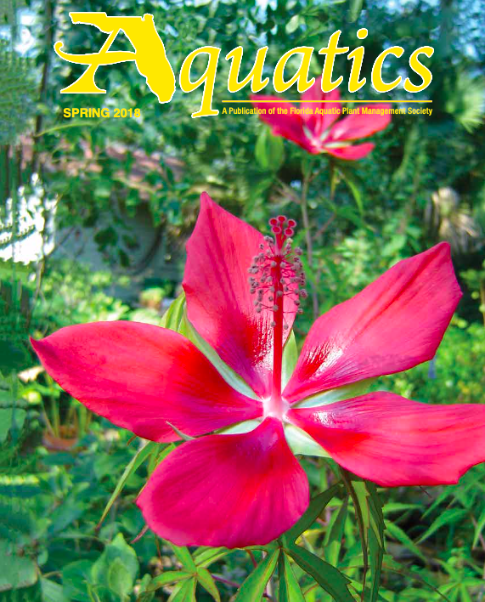
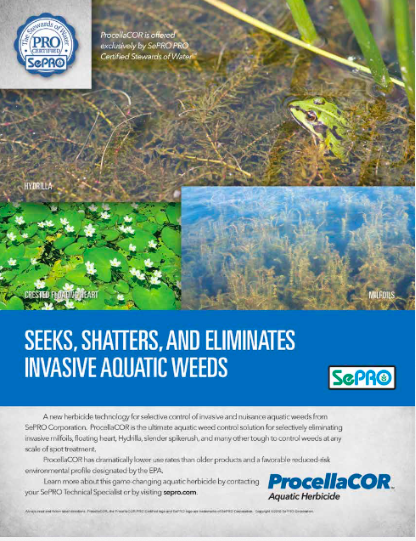


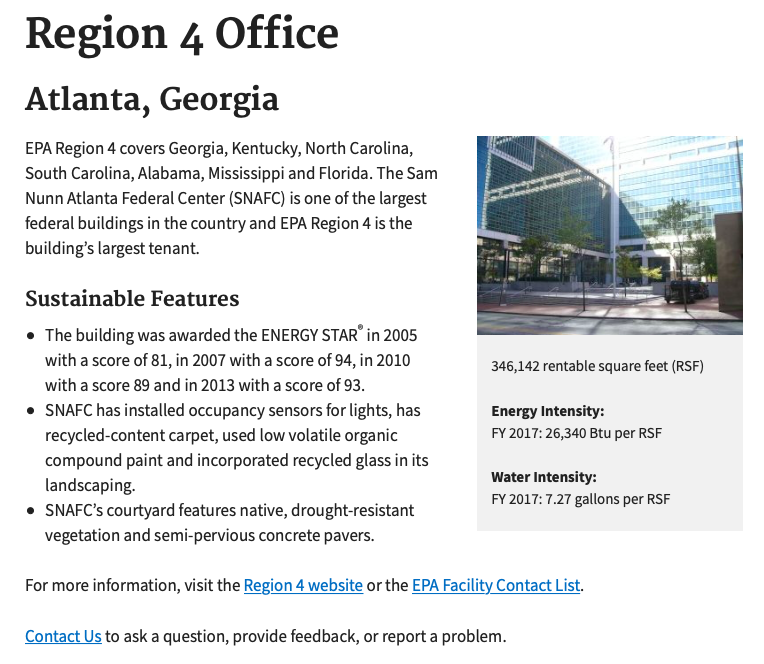
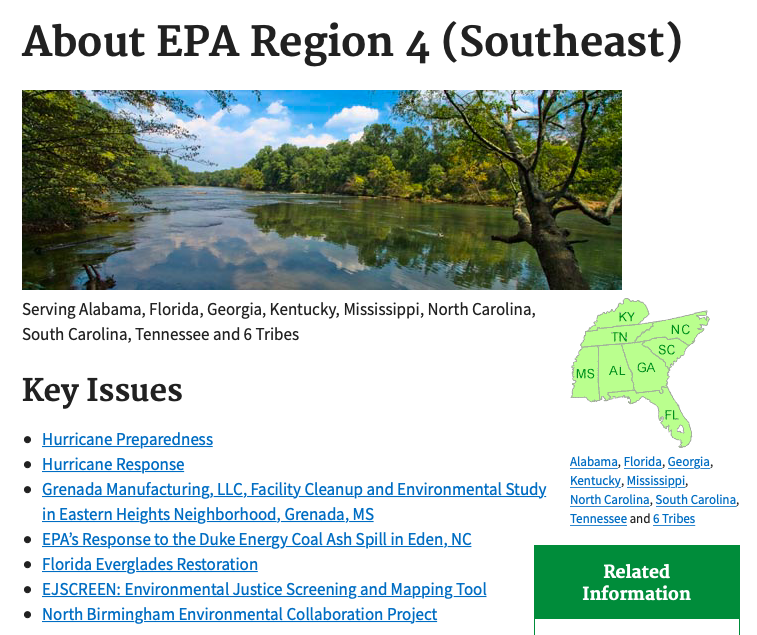
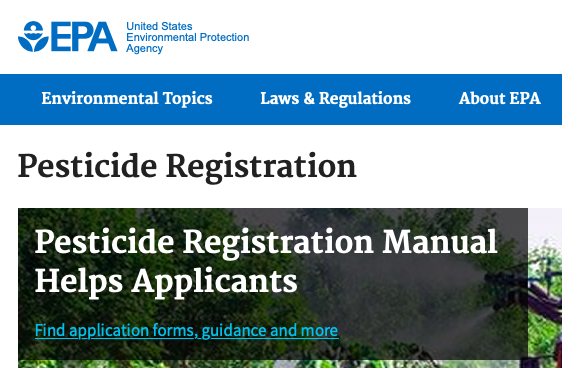
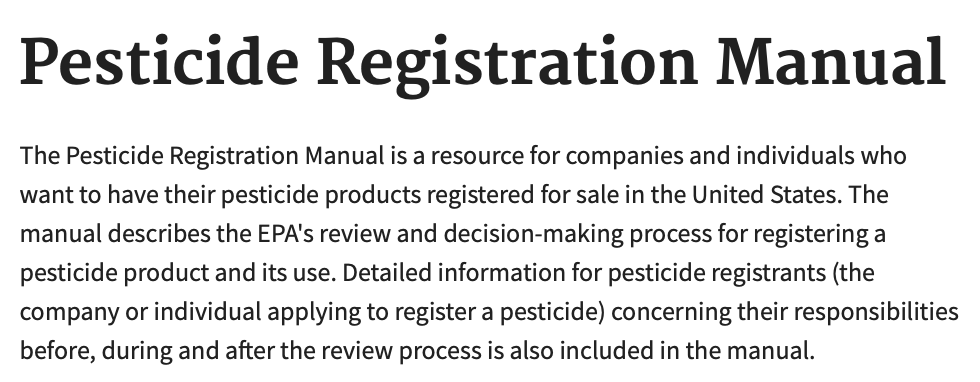
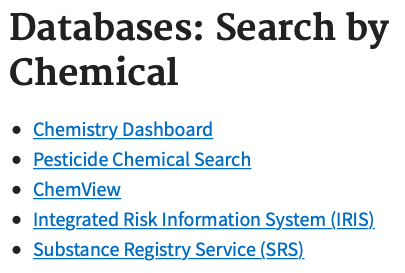
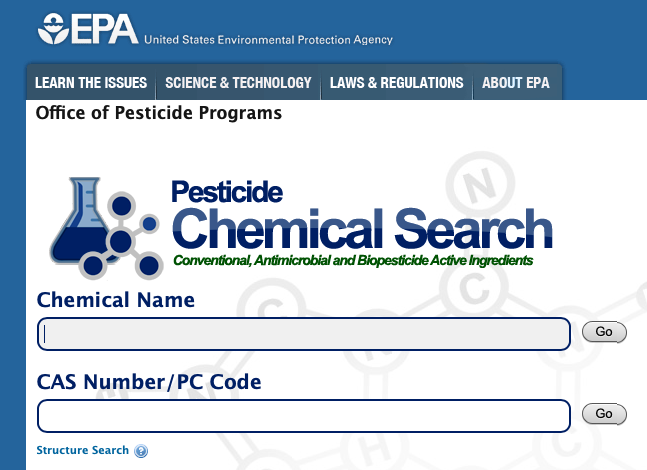
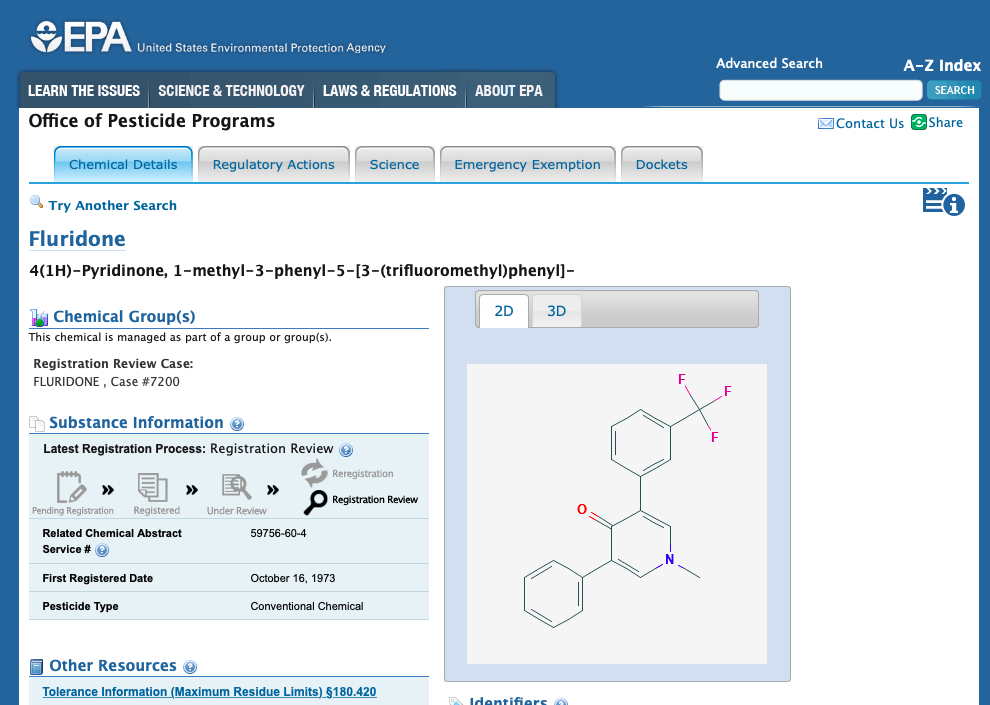
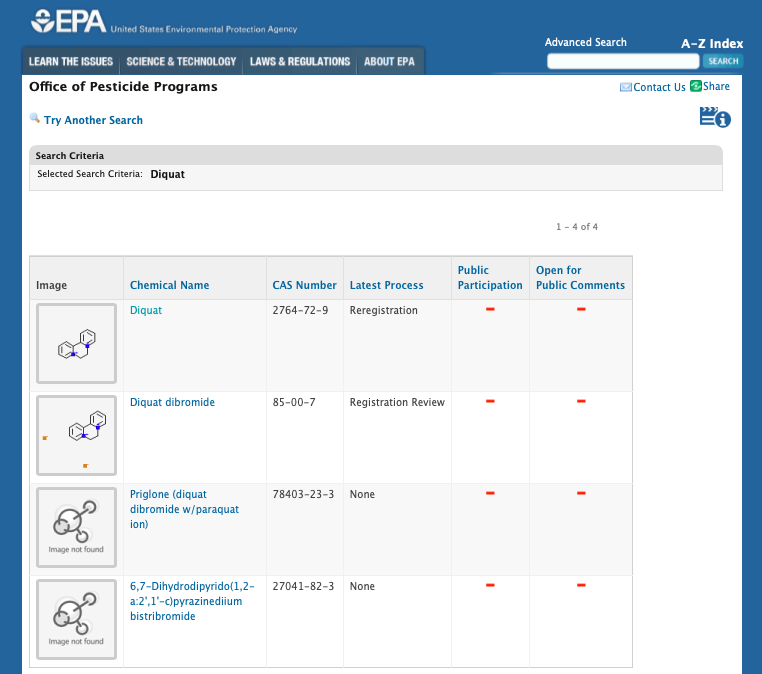
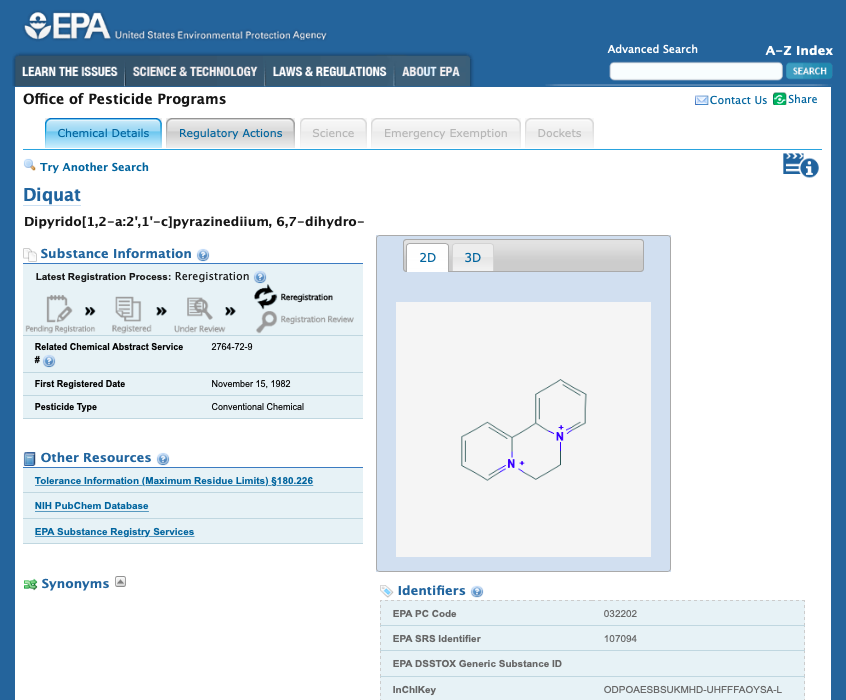
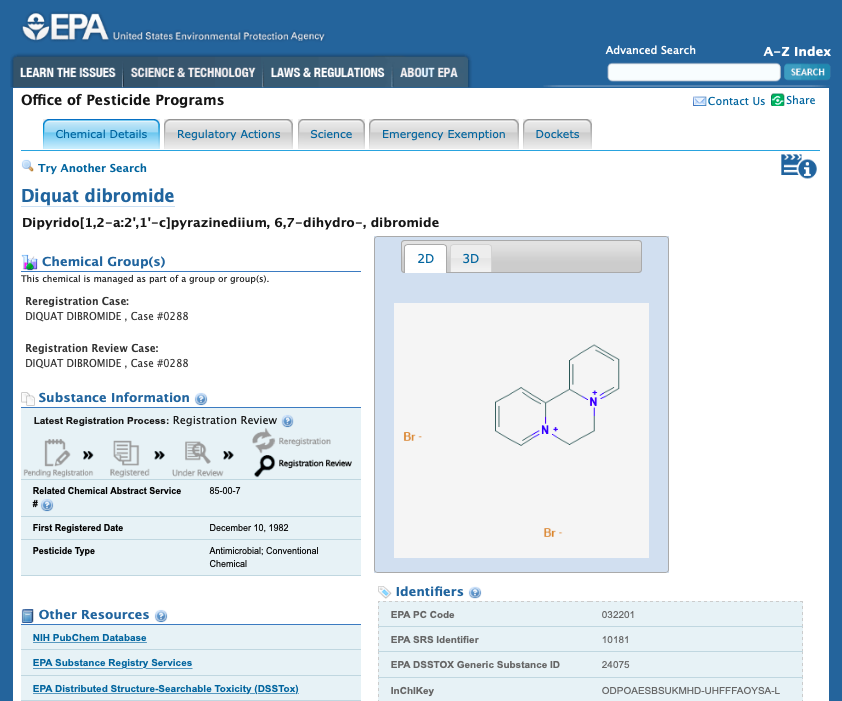
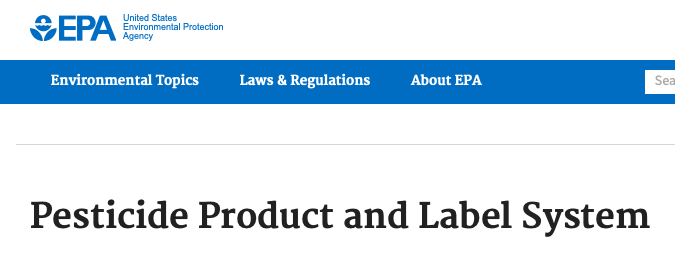
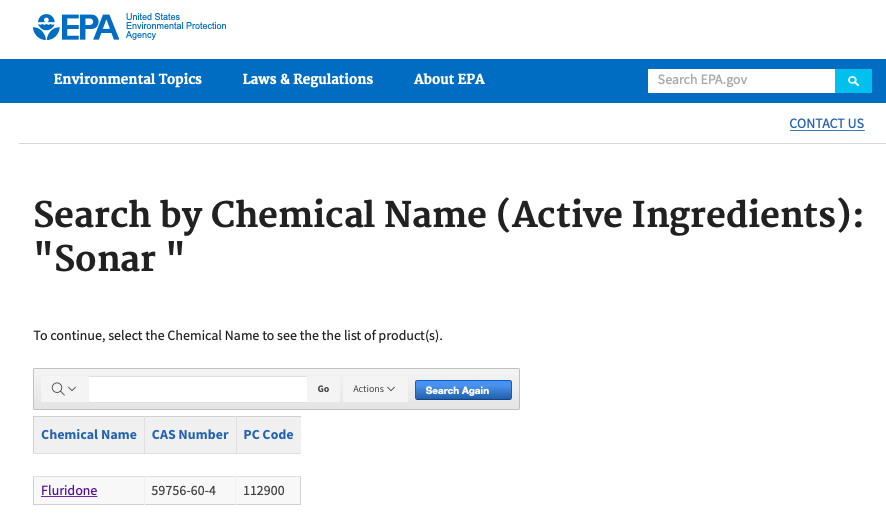
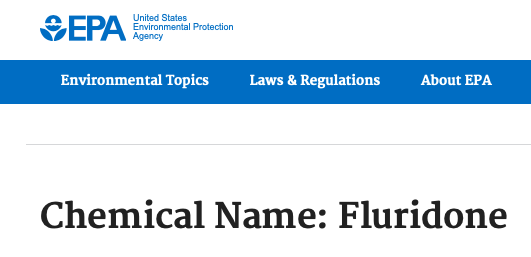
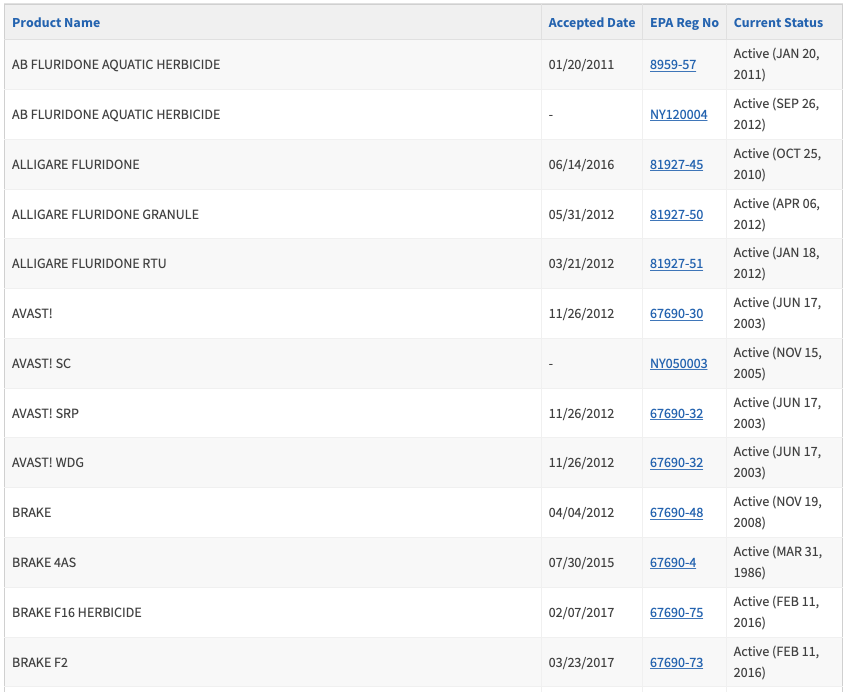
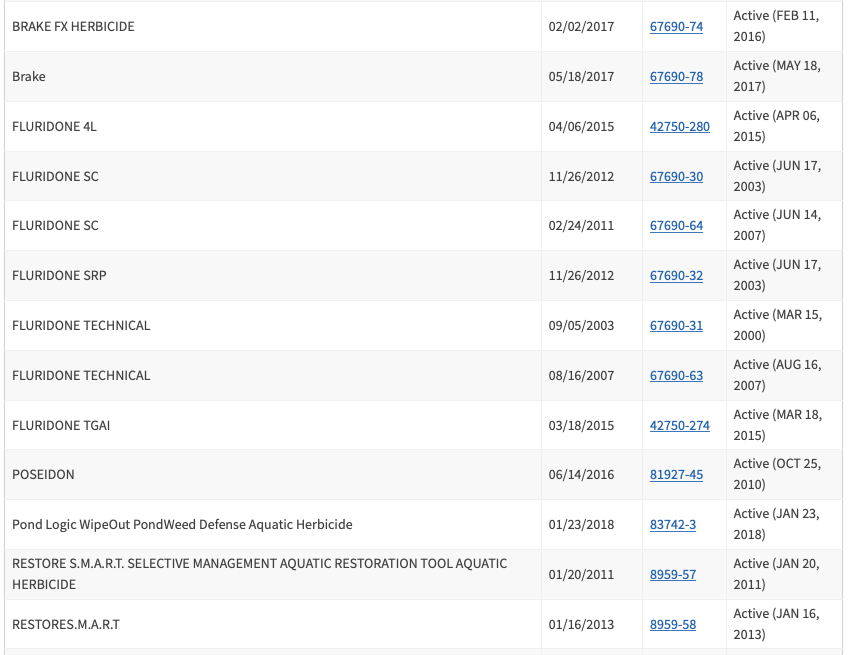
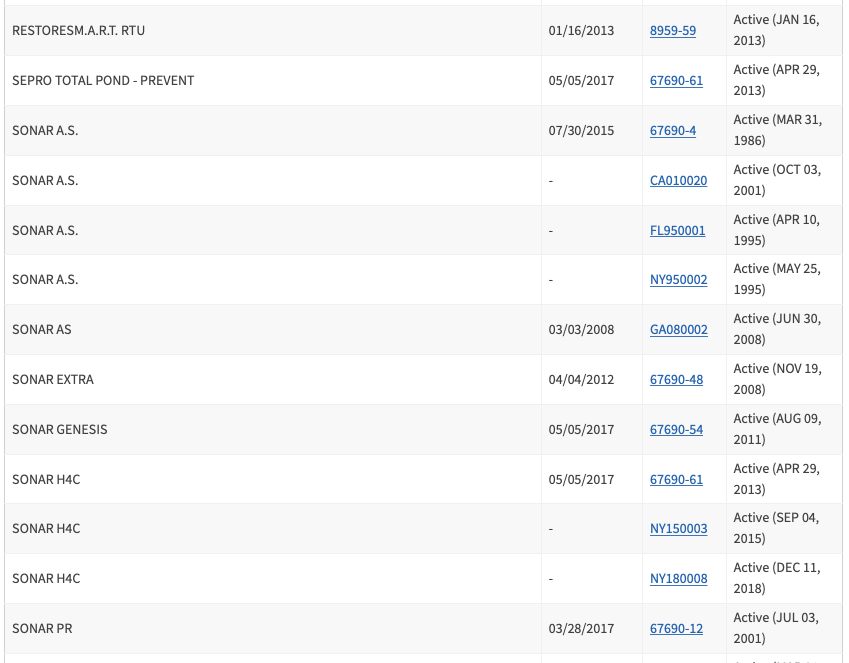
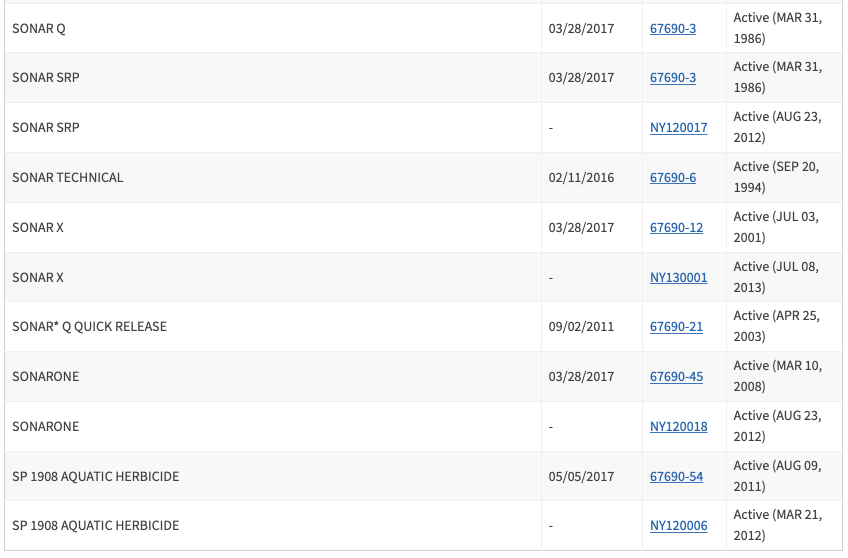
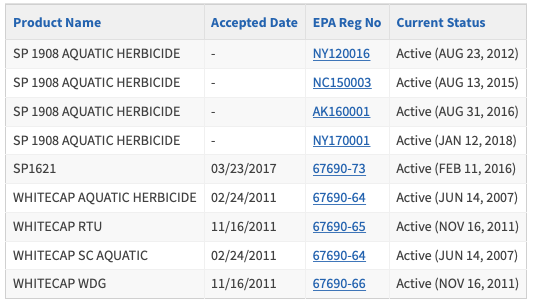
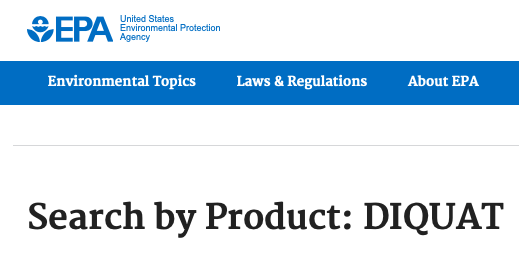
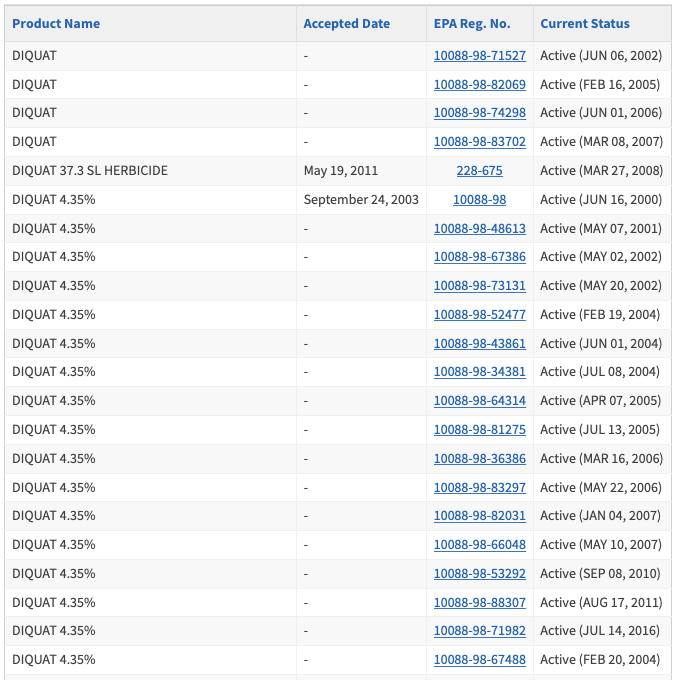
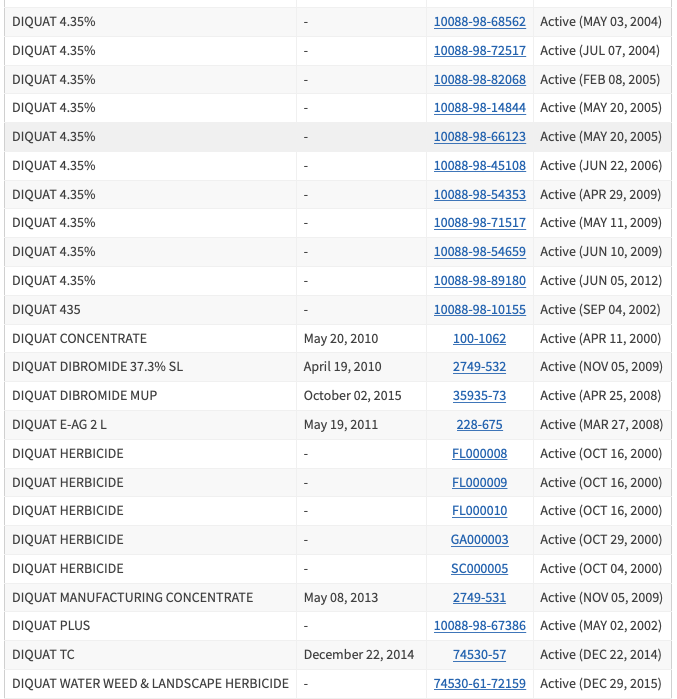

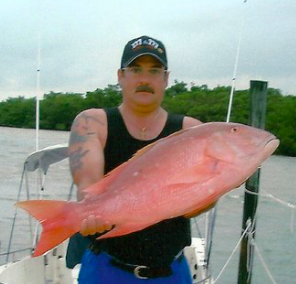
 RSS Feed
RSS Feed
